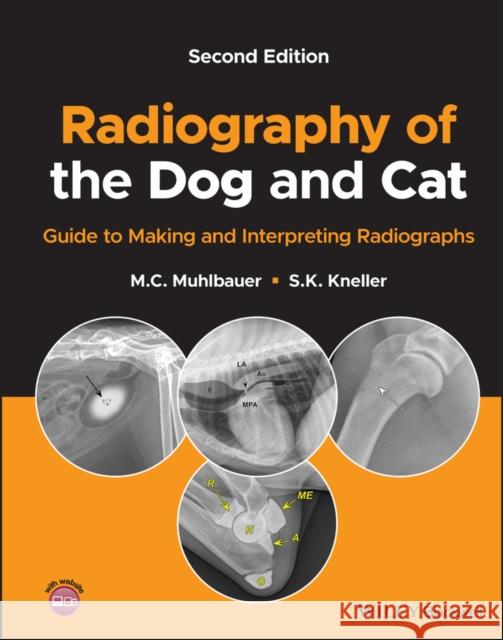Radiography of the Dog and Cat: Guide to Making and Interpreting Radiographs » książka
topmenu
Radiography of the Dog and Cat: Guide to Making and Interpreting Radiographs
ISBN-13: 9781119564737 / Angielski / Twarda / 2024 / 590 str.
Kategorie BISAC:
Wydawca:
John Wiley and Sons Ltd
Język:
Angielski
ISBN-13:
9781119564737
Rok wydania:
2024
Ilość stron:
590
Waga:
0.67 kg
Oprawa:
Twarda
Dodatkowe informacje:
Bibliografia
Glosariusz/słownik
Glosariusz/słownik











